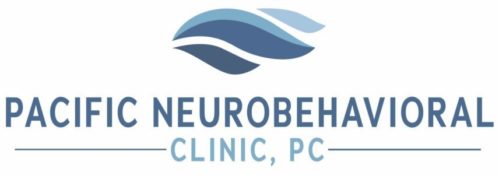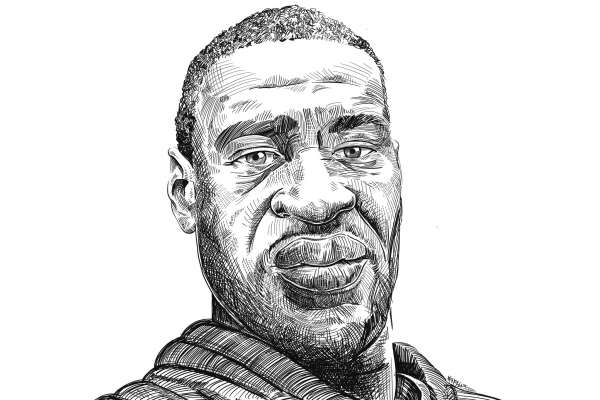The energy in the air has been heightened with tension over the past few months. Initially, this was due to the global pandemic of COVID-19. Now, the United States has become the epicenter of a polarizing movement surrounding race and justice. Video of the gruesome death of George Floyd at the hands of Minneapolis Police officers is heart wrenching and disturbing to watch.
We have become inundated with a variety of charged images and messages from the media, on social media, and in our communities. With such a steady flow of information, it is easy to lose sight of the central message in the pursuit of justice and become distracted or overwhelmed.
The continuum of reactions to this movement is laden with intense emotions including anger, sadness, worry, confusion, ambivalence, and in some cases, indifference. The presence of these powerful emotions can lead one to feel paralyzed or powerless. It is important to know other people may feel the same way. To manage intense emotions, a common reaction may be to withdraw; however, redirecting your focus to the pursuit of justice can help alleviate some of the distressing experience. This pursuit of justice is to address routine police brutality that leads to the death of unarmed black men across this country. Together, we can make a change. Many people may not know what to do to impact change in the pursuit of justice, or how to navigate difficult and uncomfortable conversations on race or justice. Here are a few tips to keep in mind.
- Discussions about race can be uncomfortable, and that is okay. Knowing that the rights and freedoms of groups of people are violated daily is also discomforting; so, we can channel that discomfort into action.
- We can achieve more together: the pursuit of justice for all takes all of us. Over the past several weeks retailers, websites, corporations, social media outlets, universities, and other establishments have posted anti-racism notices and actions plans. The next time you see one, click on it and read it to find out how others are committing to action.
- Become aware of current opportunities to make change within your sphere of influence. This could be within your community, at your company, or in your city. Search the internet for upcoming events or activities sponsored by reputable local restaurants, businesses, non-profit organizations, universities, advocacy groups, etc. and try to join. Perhaps even invite a friend(s) to go along with you. There are also webinars you can watch, blogs and websites you can read, social media posts, or community activities, committees, or events you can attend or donate. Always practice due diligence and common sense safety practices.
- Be open to self-reflection, personal growth, and change. We all have blind spots and carry biases. We can typically only see these aspects of ourselves when someone else points them out to us. Simply having blind spots or biases does not mean a person is bad or a racist. We can acknowledge these characteristics are present and be intentional to grow in those areas; to change.
- Speak up when we witness an injustice. When we see something, we need to say something to bring attention to injustice. Silence creates a cloak for injustice to persist.
- Remember, change takes time, and the pursuit of justice takes the community.
Written by Takisha Corbett, Ph.D. Dr. Corbett is a licensed psychologist currently open to new patients at Pacific Neurobehavioral Clinic, PC.

